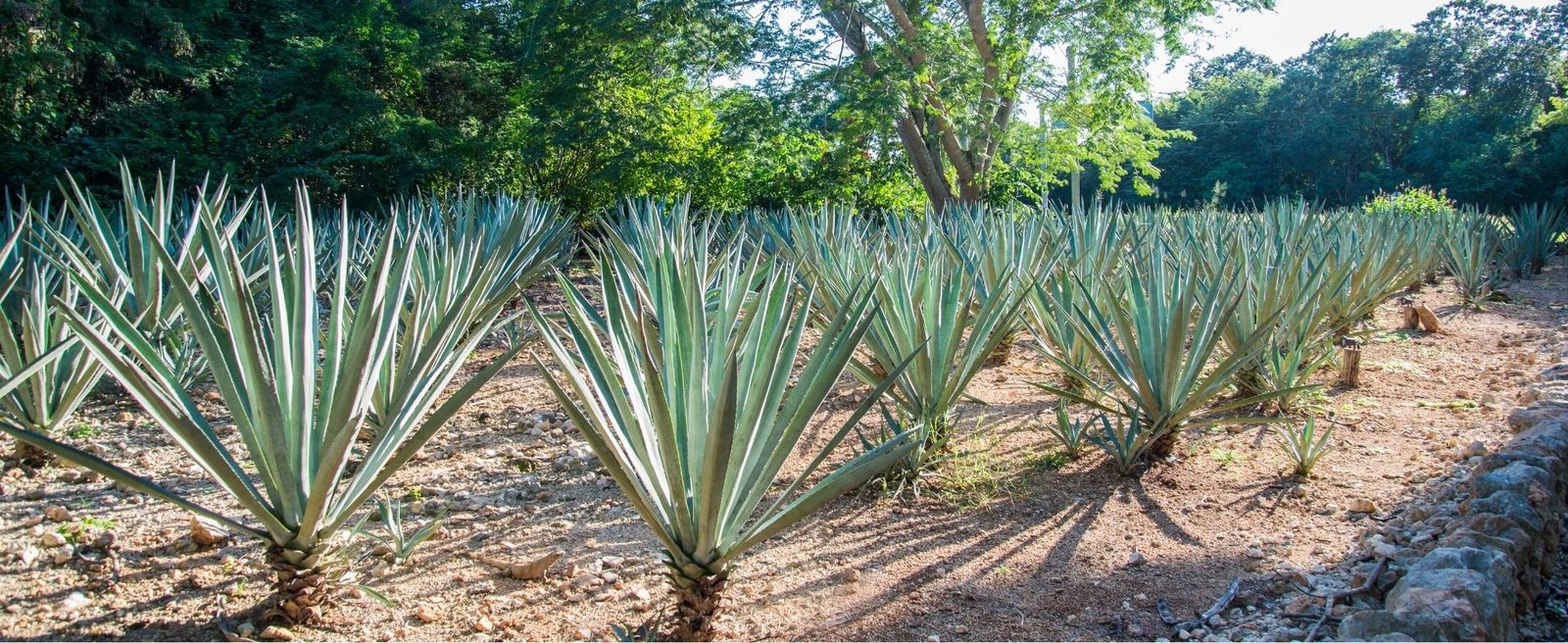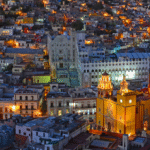Before Yucatán was known for its turquoise waters and colonial charm, it was defined by a plant — one that wove together history, culture, and identity.
Long before tourism flourished, the Yucatán Peninsula thrived under the rule of henequen, the spiky agave plant once called “oro verde” or “green gold.” Its strong fibers, turned into ropes and fabrics, connected Yucatán to ports around the world. For over a century, this plant shaped not only the region’s economy but also its landscape, its architecture, and its way of life.
Today, the legacy of henequen can still be seen across the countryside — in the majestic haciendas that rise among fields once shimmering in green. These grand estates tell a story of labor, innovation, and rebirth.

The Rise of Green Gold
In the late 19th and early 20th centuries, Yucatán became one of Mexico’s most prosperous regions thanks to henequen. The demand for natural fiber grew across Europe and the Americas, and the peninsula became the world’s main supplier. Cities like Mérida flourished, filling with opulent mansions, theaters, and businesses built from the wealth of the haciendas.
But this prosperity came at a price. Thousands of workers — mostly of Mayan descent — toiled in the fields and factories, turning raw fiber into the ropes that tied ships and industries together. Henequen became more than a crop; it was a force that shaped Yucatán’s destiny.

Haciendas: Architecture of Power and Beauty
The henequen haciendas were masterpieces of rural architecture — part industrial complex, part family residence. Their vast casa principal overlooked the factory buildings (casa de máquinas) and endless fields of agave. Each estate had its own chapel, workers’ quarters, and sometimes even a small railway to transport the heavy bales of fiber.
Today, many of these haciendas have been lovingly restored. Their faded grandeur has been revived through careful conservation, turning them into museums, cultural centers, and boutique hotels where visitors can walk among the machinery that once powered an empire.
Among the most remarkable examples are Hacienda Sotuta de Peón, where visitors can see the production process from plant to fiber, and Hacienda Tekik de Regil, a jewel of elegance now open for events and private visits. Each tells a story — not only of wealth but of endurance.

From Industry to Inspiration
As synthetic fibers replaced henequen in the 20th century, the industry declined, but the spirit of Yucatán adapted. The same creativity and resilience that once built the haciendas now fuels cultural revival. Artists, historians, and local communities are breathing new life into these spaces, turning them into living museums of Yucatecan identity.
Visiting a henequen hacienda today is more than sightseeing; it’s an experience of connection. The hum of restored machines, the scent of lime trees in the gardens, and the stories of those who lived and worked here weave together into a narrative of transformation.
A Living Heritage
The legacy of henequen remains rooted in Yucatán’s soul — a symbol of strength, endurance, and renewal. The “green gold” no longer drives the economy, but it continues to inspire through architecture, culture, and hospitality.
At Adventures Mexico, we invite travelers to explore this legacy through authentic experiences — from visiting historic haciendas and learning about the henequen process to enjoying the regional cuisine once served in their kitchens. Because understanding Yucatán means walking through its past — and discovering how history still breathes among its fields and walls.









